Introduction
In the demanding and fast-paced world of Emergency Medical Services (EMS), having reliable and durable technology is not just a luxury—it’s a necessity. EMS professionals need devices that can withstand harsh environments, constant mobility, and rough handling. Rugged laptops and tablets from brands like Getac, Dell, and Panasonic have become essential tools for these frontline heroes. In this comprehensive guide, we’ll explore why rugged devices are crucial for EMS, examine the key features these professionals need, and provide a detailed comparison of top models from Getac, Dell, and Panasonic
Key Takeaways
- Durability is Key: Rugged laptops and tablets must withstand harsh conditions to be effective for EMS professionals.
- Performance and Battery Life: Powerful processors and long battery life ensure devices can handle demanding tasks and extended use.
- Connectivity and Security: Reliable connectivity and advanced security features are crucial for real-time communication and data protection.
- Brand Reliability: Getac, Dell, and Panasonic offer top-notch rugged devices tailored to the needs of EMS professionals.
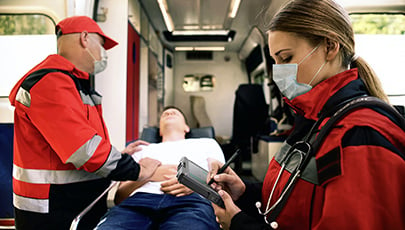
Why EMS Professionals Need Rugged Devices
EMS professionals operate in challenging environments where standard laptops and tablets simply won’t cut it. Here are the primary reasons rugged devices are essential:
- Durability: EMS workers often operate in harsh conditions, including extreme temperatures, wet environments, and physically demanding situations. Rugged devices are built to withstand drops, spills, and other physical shocks.
- Reliability: In emergency situations, equipment failure is not an option. Rugged laptops and tablets offer high reliability and long battery life, ensuring they are operational when needed most.
- Portability: EMS personnel need devices that are easy to transport and use on the go. Rugged tablets and laptops are designed with portability in mind, featuring lightweight and ergonomic designs.
- Connectivity: Real-time communication is critical in emergency services. Rugged devices offer robust connectivity options, including mobile broadband, GPS, and multiple ports for various peripherals.
- Security: EMS data is highly sensitive, requiring devices with advanced security features to protect patient information and ensure compliance with regulations.
Key Features Needed in Rugged Devices for EMS
When selecting rugged devices for EMS professionals, consider the following features:
- Rugged Build: MIL-STD-810G/H certification for durability against drops, shocks, vibration, and environmental extremes.
- Ingress Protection: IP65 or higher rating for protection against dust and water.
- Battery Life: Long-lasting battery with hot-swappable options to ensure continuous operation.
- Screen Readability: High-brightness displays for readability in direct sunlight and various lighting conditions.
- Performance: Powerful processors, ample RAM, and fast SSD storage to handle demanding applications.
- Connectivity Options: LTE, Wi-Fi, Bluetooth, and GPS capabilities for seamless communication and navigation.
- Input Methods: Touchscreen functionality with glove and rain mode, along with physical keyboards for versatility.
- Security Features: Biometric authentication, TPM (Trusted Platform Module), and encrypted storage to protect sensitive data.
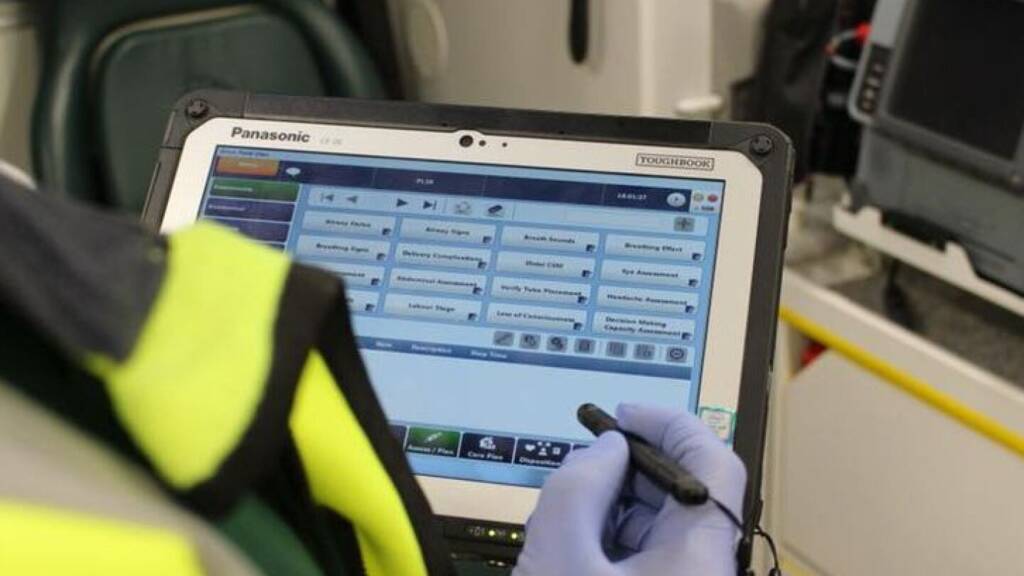
Case Studies
Case Study 1: Getac B300 in Extreme Weather Conditions
An EMS team in Alaska adopted the Getac B300 rugged laptop for their field operations. The B300’s robust build, featuring MIL-STD-810G and IP65 certifications, proved invaluable in the freezing temperatures and snowy conditions. The long battery life and sunlight-readable display ensured that the team could access critical patient information and communication tools without interruption, even during extended shifts.
Case Study 2: Dell Latitude 7424 in Urban Emergency Response
A metropolitan EMS unit in New York City implemented the Dell Latitude 7424 rugged laptop for their mobile command centers. The Latitude 7424’s powerful performance, combined with its compact and portable design, allowed paramedics to quickly set up temporary command posts and coordinate large-scale emergency responses. The device’s advanced security features also ensured that patient data remained protected in compliance with HIPAA regulations.
Case Study 3: Panasonic Toughbook FZ-G1 in Rural Search and Rescue
A rural EMS team in Montana chose the Panasonic Toughbook FZ-G1 rugged tablet for search and rescue missions in mountainous terrain. The FZ-G1’s lightweight design and comprehensive connectivity options, including GPS and LTE, enabled rescuers to navigate challenging environments effectively. The tablet’s durable construction and IP65 rating ensured reliable performance despite exposure to dust, dirt, and water.
Comparison of Getac, Dell, and Panasonic Models
Getac Models
Getac B300:
- Build and Durability: MIL-STD-810G/H, IP65
- Display: 13.3″ sunlight-readable
- Performance: Intel Core i7, up to 32GB RAM, SSD storage
- Battery Life: Up to 30 hours with dual battery system
- Connectivity: Wi-Fi, Bluetooth, GPS, LTE option
- Build and Durability: MIL-STD-810G, IP65
- Display: 11.6″ sunlight-readable, multi-touch
- Performance: Intel Core i5/i7, up to 16GB RAM, SSD storage
- Battery Life: Up to 12 hours
- Connectivity: Wi-Fi, Bluetooth, GPS, LTE option
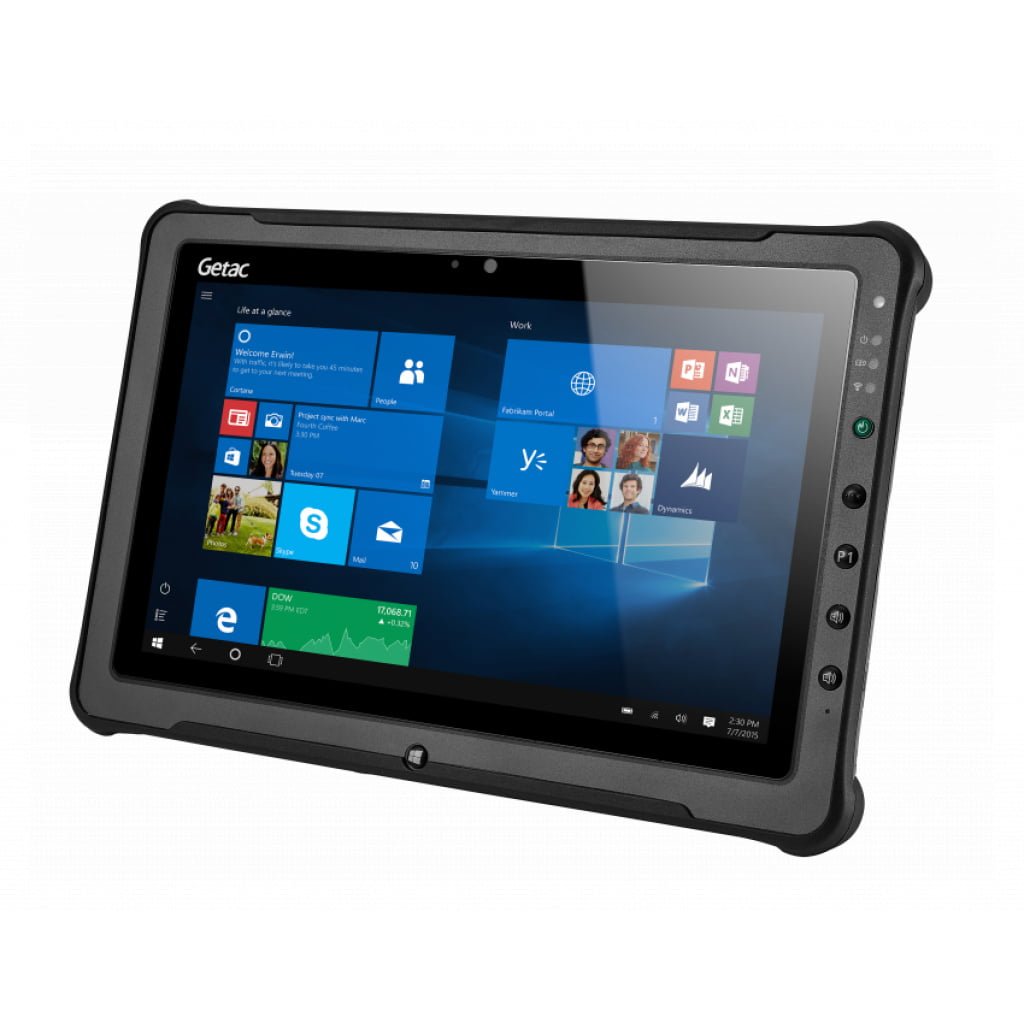
Dell Models
Dell Latitude 7424 Rugged Extreme:
- Build and Durability: MIL-STD-810G, IP65
- Display: 14″ FHD, outdoor-readable
- Performance: Intel Core i5/i7, up to 32GB RAM, SSD storage
- Battery Life: Up to 14 hours
- Connectivity: Wi-Fi, Bluetooth, GPS, LTE option
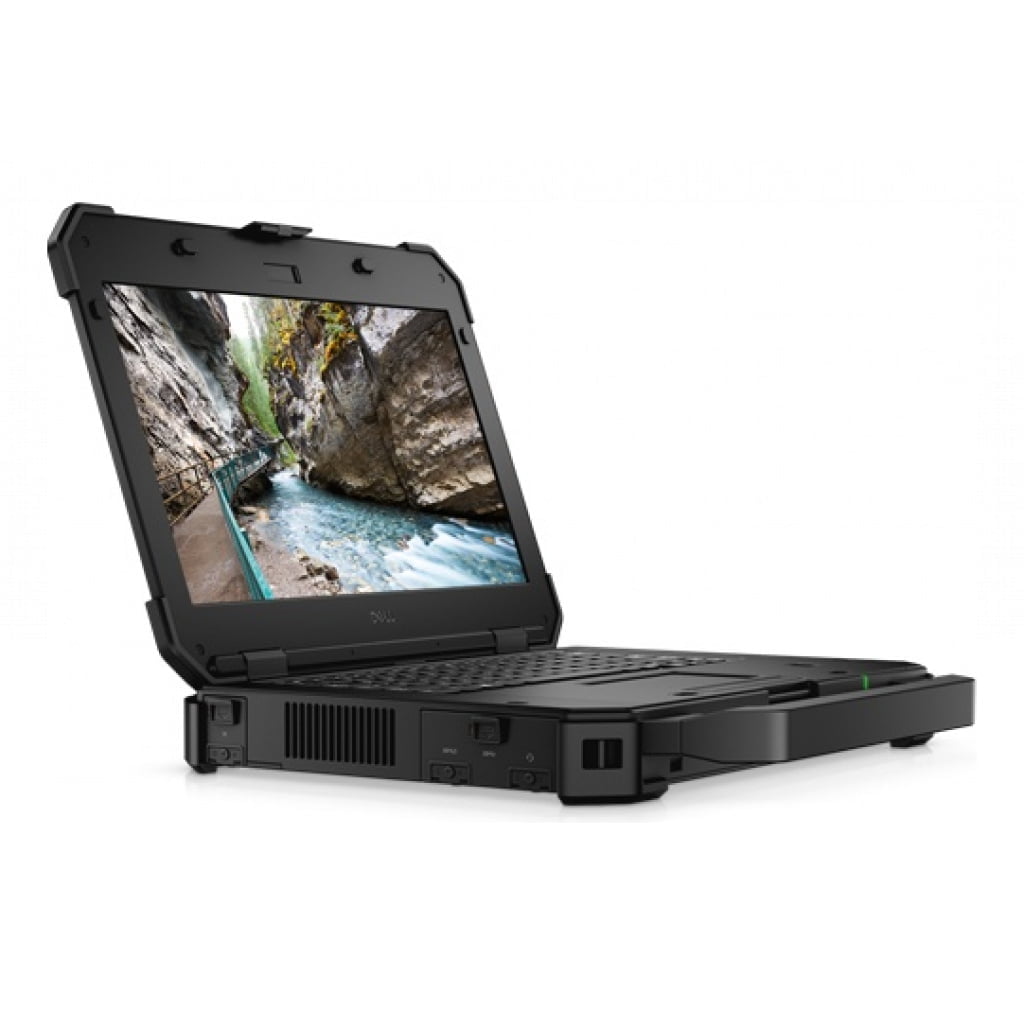
Dell Latitude 7220 Rugged Extreme Tablet:
- Build and Durability: MIL-STD-810G, IP65
- Display: 11.6″ FHD, outdoor-readable
- Performance: Intel Core i5/i7, up to 16GB RAM, SSD storage
- Battery Life: Up to 10 hours
- Connectivity: Wi-Fi, Bluetooth, GPS, LTE option
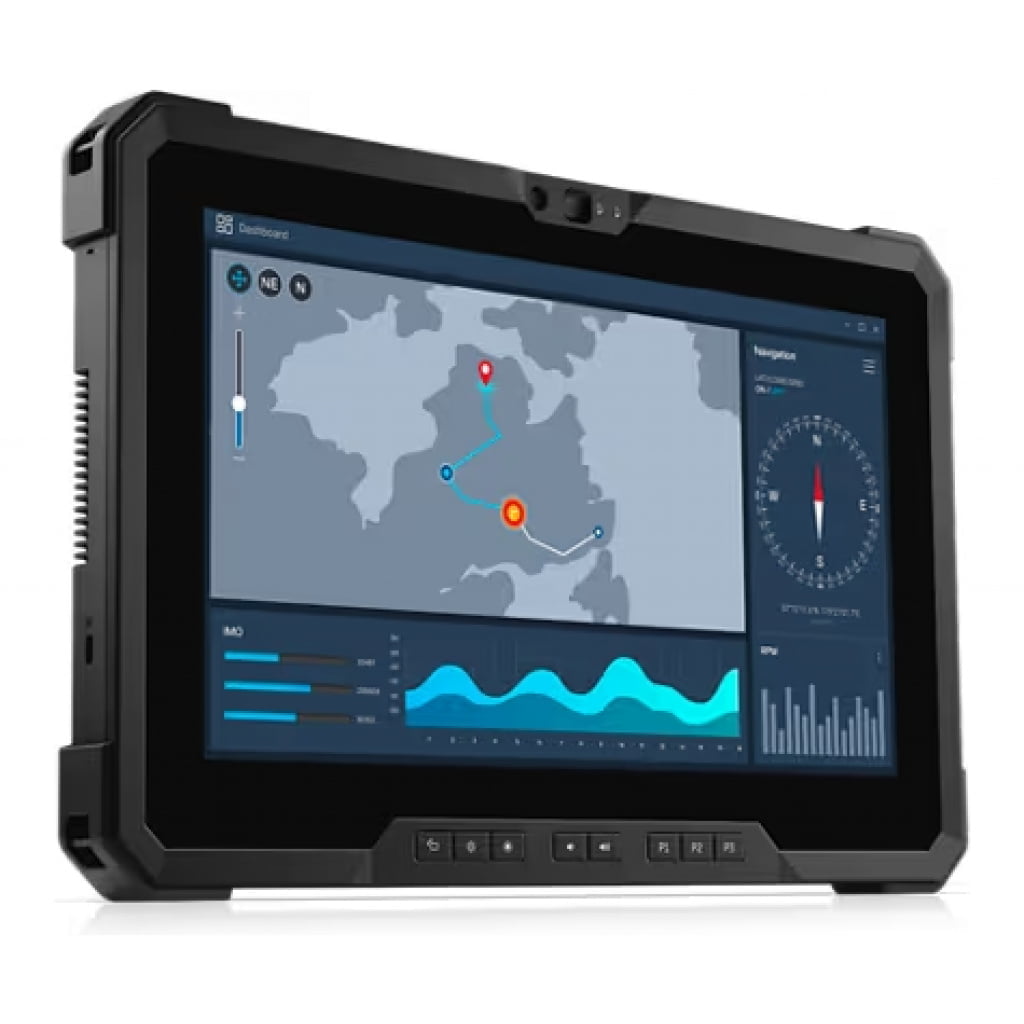
Panasonic Models
- Build and Durability: MIL-STD-810G, IP65
- Display: 12″ QHD, 2-in-1 detachable
- Performance: Intel Core i5/i7, up to 16GB RAM, SSD storage
- Battery Life: Up to 20 hours with optional long-life battery
- Connectivity: Wi-Fi, Bluetooth, GPS, LTE option
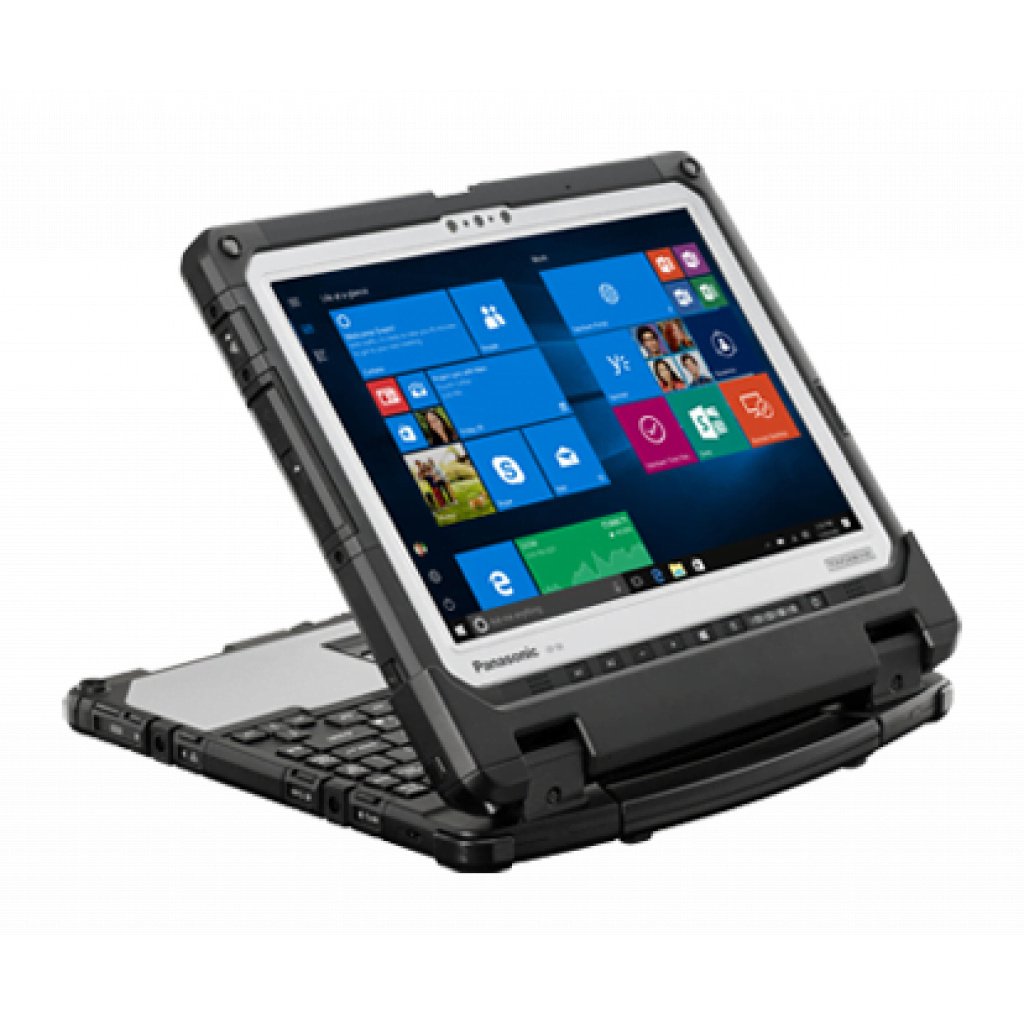
- Build and Durability: MIL-STD-810G, IP65
- Display: 10.1″ WUXGA, sunlight-readable
- Performance: Intel Core i5/i7, up to 16GB RAM, SSD storage
- Battery Life: Up to 14 hours
- Connectivity: Wi-Fi, Bluetooth, GPS, LTE option
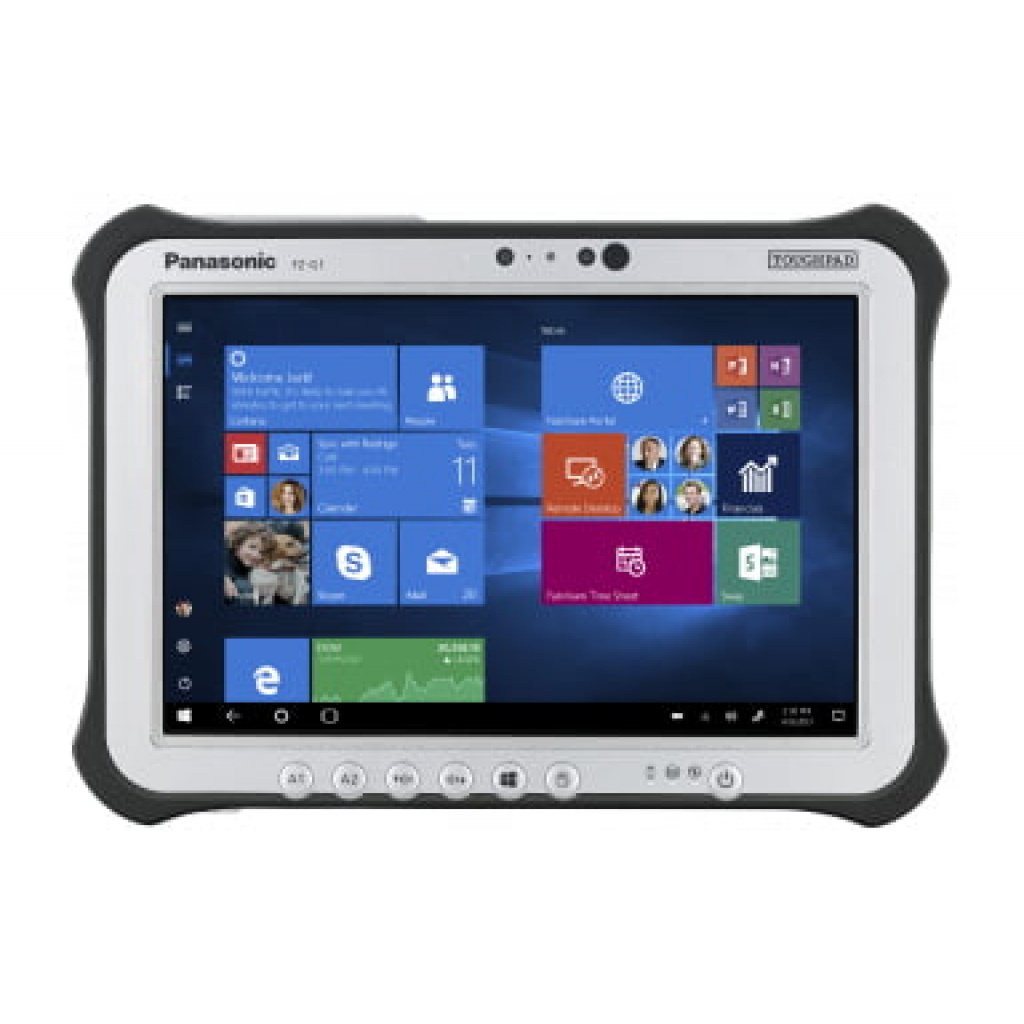
Conclusion
Choosing the right rugged laptop or tablet for EMS use is critical to ensure that emergency responders have reliable, durable, and high-performing tools at their disposal. Getac, Dell, and Panasonic each offer excellent models that cater to the unique needs of EMS professionals. By understanding the specific features and benefits of each brand and model, EMS teams can make informed decisions that enhance their efficiency and effectiveness in the field.
FAQ
Can rugged laptops and tablets be used in non-EMS industries?
Yes, rugged devices are ideal for various industries, including construction, military, manufacturing, and outdoor recreation, where durable and reliable technology is required.
Are there any trade-offs with using rugged devices?
The primary trade-offs are cost and weight. Rugged devices are typically more expensive and heavier than their standard counterparts due to their durable construction and advanced features.
By investing in rugged laptops and tablets from trusted brands like Getac, Dell, and Panasonic, EMS professionals can ensure they have the reliable tools needed to perform their critical tasks efficiently and effectively, even in the most challenging environments.

Ulrik Maxen: Specialist in rugged computers and mobile scanners
Ulrik is an industry veteran with over two decades of expertise working with rugged computers and mobile barcode scanners. Brands include Panasonic, DELL, Getac, Zebra, and Honeywell/Intermec. He is known for his commitment to delivering products and solutions that increase operational efficiency. Dedicated to following new market trends and client satisfaction, Ulrik is a trusted advisor where rugged computers and mobile barcode scanners must be deployed.





